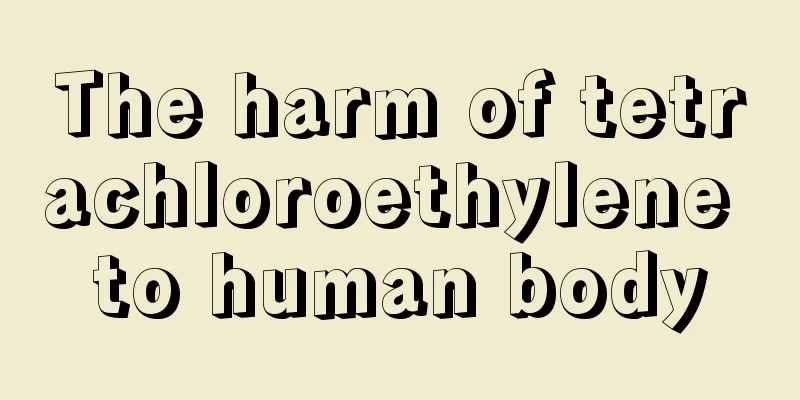What is nitrocellulose used for?

|
Nitrocellulose is a white floc-like chemical substance. Some nitrocellulose is light yellow. Nitrocellulose is actually what people often call nitrocotton. Some people call it cotton collodion. Nitrocellulose has a wide range of uses. For example, many daily necessities in life contain nitrocellulose, such as some leather products. In addition, nitrocellulose has the following uses. The main uses of nitrocellulose: (1) Those with high nitrogen content are commonly known as guncotton, which is used to make smokeless gunpowder; those with low nitrogen content are commonly known as rubber cotton, which is used to make spray paint, artificial leather, film, plastic, etc. (2) Used for making stationery, daily necessities, instrument signs, etc. (3) Used for ink, leather, various nitro paints, rubber caps, typing wax paper, etc. (4) Used in the manufacture of stationery, daily necessities, instrument signs, etc. Used in ink, leather, various nitro paints, etc. Used in the pharmaceutical industry, photographic film, photo film and leather manufacturing (5) Celluloid: The European Union announced on October 26, 2006 that it is prohibited to use celluloid in the manufacture of toys. Protection and remediation Protective measures Respiratory protection: When the concentration in the air is high, wear a dust mask. Eye protection: Wear safety glasses. Protective clothing: Wear work clothes. Hand protection: Wear protective gloves when necessary. Others: Smoking, eating and drinking are prohibited at the work site. After work, shower and change clothes. Pay attention to personal hygiene. First aid measures Skin contact: Rinse with running water. Eye contact: Rinse with running water. Inhalation: Leave area. Fire extinguishing methods: water mist, carbon dioxide, foam, sand. Leakage emergency treatment 1. Emergency treatment of leakage Isolate the leaked contaminated area, set up warning signs around it, and cut off the fire source. It is recommended that emergency response personnel wear gas masks and appropriate work clothes. Use non-sparking tools to collect in a sealed container, mark it, and wait for disposal or incinerate on site if safety is guaranteed. In case of large-scale leakage, collect and recycle it or dispose of it after harmless treatment. 2. Protective measures Respiratory protection: When the concentration in the air is high, wear a dust mask. Eye protection: Wear safety glasses. Protective clothing: Wear work clothes. Hand protection: Wear protective gloves when necessary. Others: Smoking, eating and drinking are prohibited at the work site. After work, shower and change clothes. Pay attention to personal hygiene. 3. First aid measures Skin contact: Rinse with running water. Eye contact: Rinse with running water. Inhalation: Leave area. |
<<: What is Hydroxypropyl Cellulose used for?
>>: What is Hydroxycellulose used for?
Recommend
How to use vitamin E to remove acne?
Having acne on the face is a very distressing thi...
What should I pay attention to when using a tourniquet during surgery?
During the operation, heavy bleeding is inevitabl...
What to do if your lips are not good-looking
Lip shape is a very important organ on our face. ...
Can I use salt to wash my face if I have large pores?
The quality of the skin is not only related to ge...
What is the cause of the lumps on the cervical spine
There is a saying among the people that some peop...
What soup is good for skin allergies
Skin allergies are very easy to happen, especiall...
How to remove pesticides from vegetables?
Some people say that there are too many pesticide...
How to treat early breast cancer after radical resection?
How to treat early breast cancer after radical re...
Early manifestations of cervical cancer What are the symptoms of cervical cancer?
Early symptoms of cervical cancer: 1. Cervical er...
Will eating dragon fruit turn urine red?
The nutritional value of pitaya is relatively hig...
What are the benefits of women wearing chalcedony?
Many people like to wear jewelry made of chalcedo...
Can the problem of hair loss be cured
The emergence of hair loss problems makes many pe...
What can I eat for breakfast to treat chronic gastritis?
With the development of our economy, long-term ov...
Brief analysis of common treatment methods for primary esophageal cancer
As a common type of esophageal cancer, primary es...
Is eating more kelp and seaweed good for bladder cancer? What can you eat to prevent bladder cancer?
Bladder cancer refers to a malignant tumor that o...









